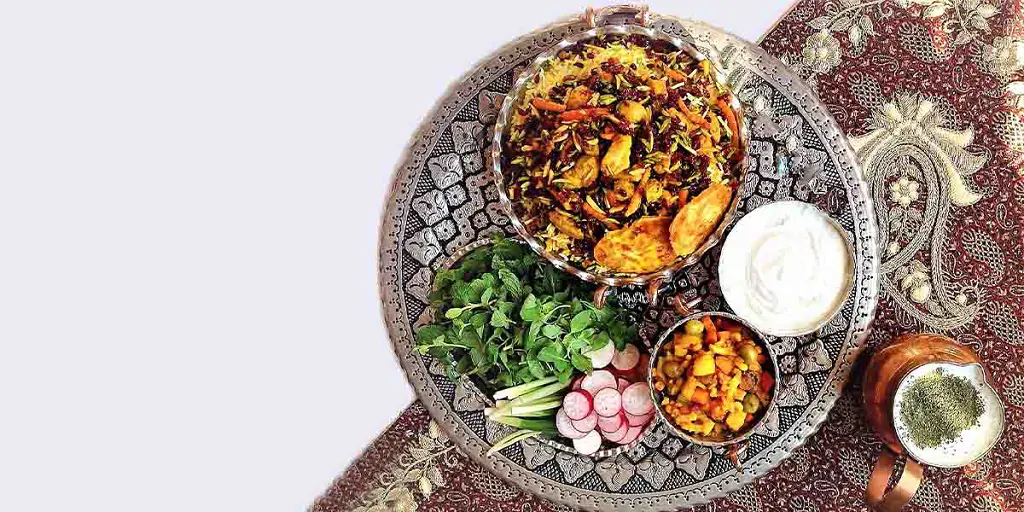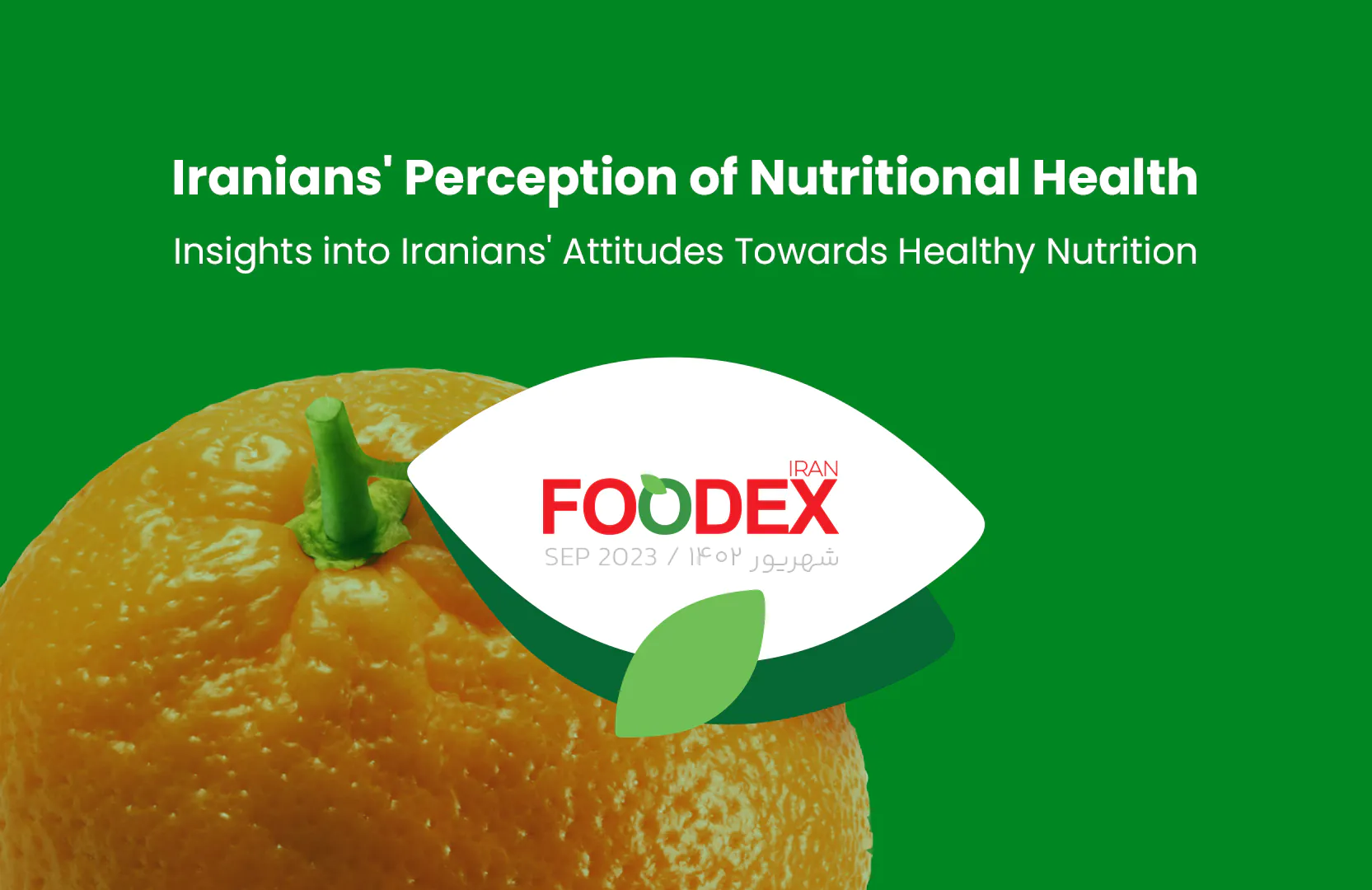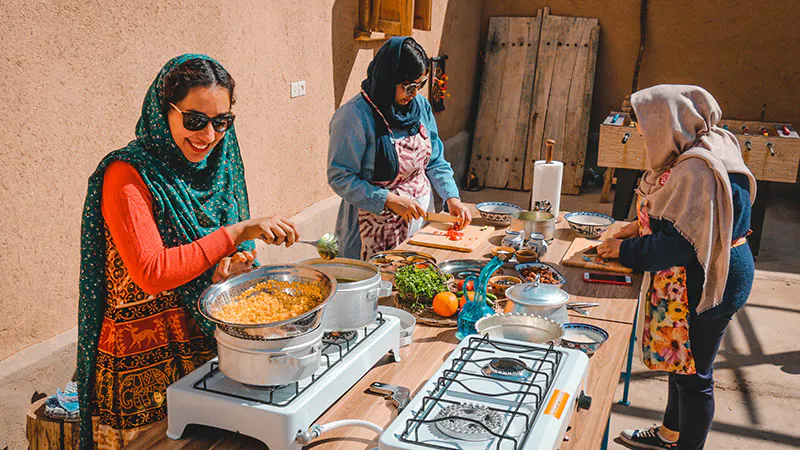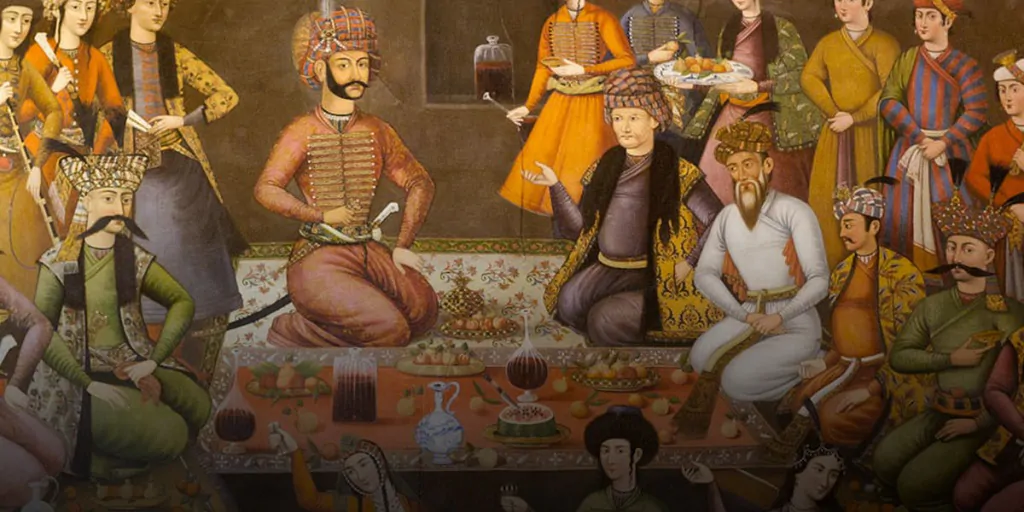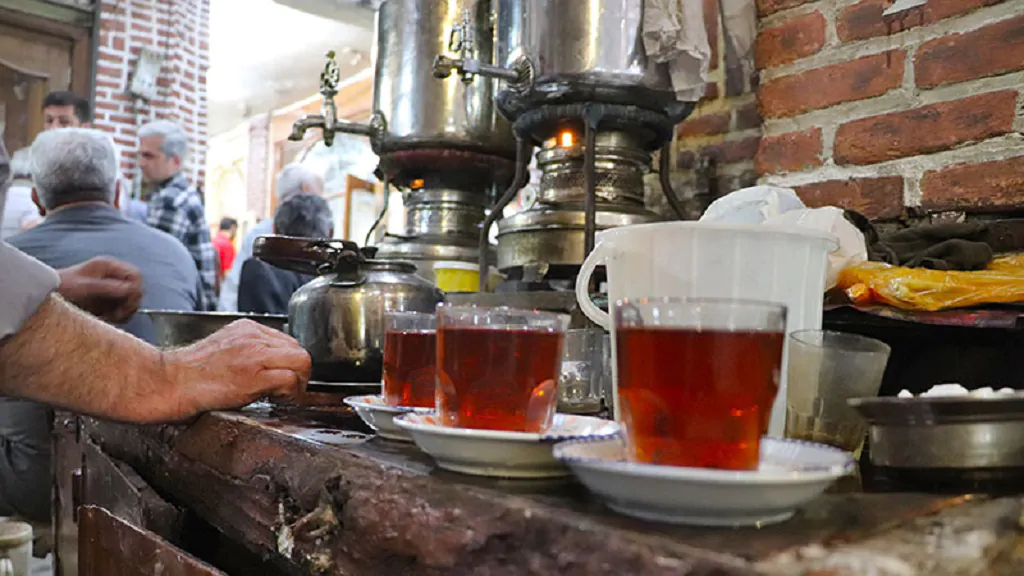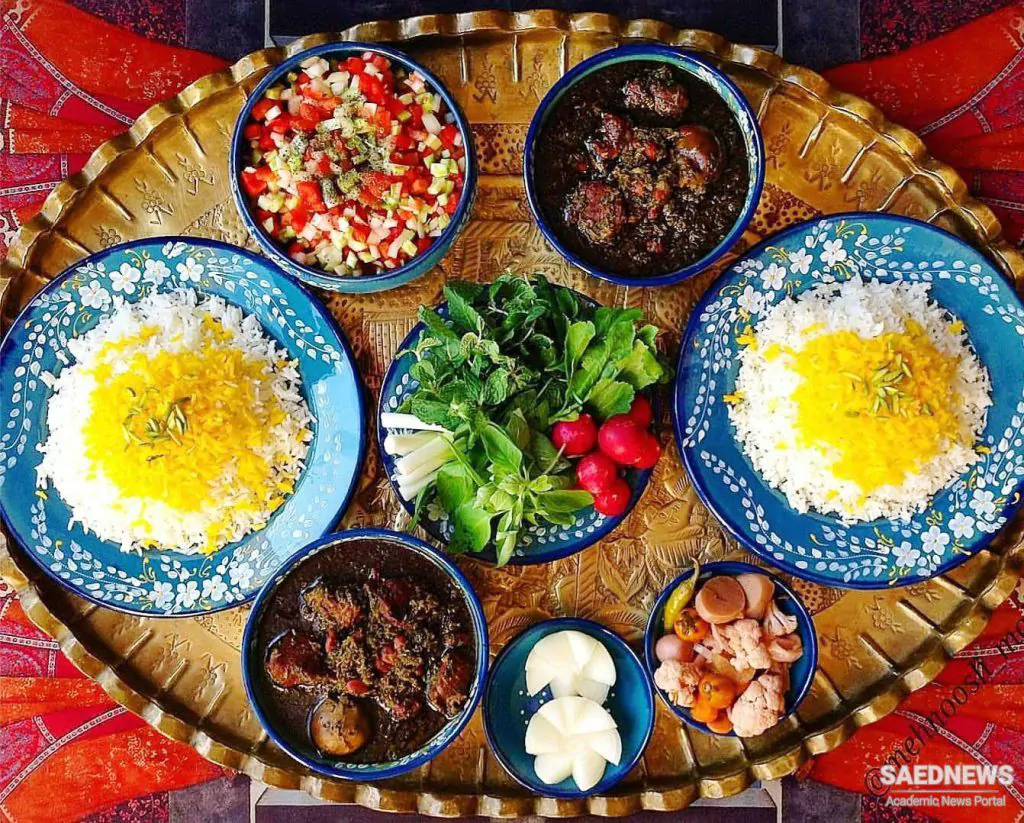Iran cuisine, or Persian Cuisine, has a fascinating history that has influenced global food trends for centuries. International Cuisine has been influenced by Iranian flavors, ingredients, and techniques from ancient Silk Road times to modern fusion. A well-deserved reputation for being one of the world’s most diverse and rich cuisines has been earned by the flavorful marriage of spices, herbs, and fruits in Iranian Cuisine. This article discusses how Iranian Cuisine has influenced global food trends and how we eat today.
Iranian Cuisine: A Brief Overview
Iranian Cuisine has something for everyone, whether it’s simple street food or elaborate and complex dishes served in high-end restaurants. It mainly consists of fresh vegetables, herbs, spices, meat, and grains, all carefully prepared to produce delicious and flavorful dishes. Among the most popular dishes of Iranian Cuisine is Fesenjan, which combines chicken with pomegranate syrup and walnuts.
Famous Iranian Dishes
Iranian Cuisine has many popular dishes, some world-famous. Kebab, Ghormeh Sabzi, Fesenjan, and Baghali Polo are just some of the Iranian dishes well-known worldwide. These dishes have become popular not only in Iran but also in other countries, thanks to the influence of Iranian Cuisine on global food trends.
The Origins of Iranian Cuisine
A rich history
Iranian Cuisine has a rich history that dates back thousands of years. In ancient Persia, fresh ingredients, delicate flavors, and detailed presentation were all hallmarks of their sophisticated culinary culture. The ancient Persians invented a summertime dish of rosewater and vermicelli served to royalty in 400 B.C. This dish included ice mixed with fruits, saffron, and many other flavors to create a distinctive flavor.
Key ingredients
Iranian Cuisine boasts a unique blend of flavors thanks to key ingredients like saffron, pomegranate, and herbs. These ingredients and staples, like rice, bread, and meats, have captivated taste buds worldwide.
The Link Between Iranian Culture and Cuisine
Iranian Cuisine reflects the country’s rich heritage, traditions, and history. The dishes represent the Iranian people and their way of life, which has evolved over thousands of years. Many Iranian dishes have symbolic meanings associated with specific occasions or cultural events. As an example, preparing traditional Iranian foods like sabzi polo (herbed rice) and ash-e reshteh (noodle soup) is often associated with Persian New Year. At the same time, khoresh-e fesenjan (pomegranate and walnut stew) is a popular dish for weddings and other festive occasions.
Fusion and Adaptation
The Silk Road
Historically, the ancient Silk Road was one of the most important factors contributing to the global impact of Iranian Cuisine. Iran was linked to the rest of the world through this vast network of trade routes, facilitating the exchange of goods, ideas, and culinary traditions.
Modern-day influences
Modern Iranian Cuisine continues to evolve and adapt as new flavors and techniques are incorporated from around the world. This fusion of culinary techniques has led to innovative dishes that reflect Iran’s rich culinary history while remaining firmly rooted in modern food trends.
Influence on Middle Eastern Cuisine
Shared ingredients and techniques
A strong impact of Iranian Cuisine on Middle Eastern Cuisine can be witnessed in ingredients like saffron, rosewater, and fresh herbs. Many Middle Eastern countries have adopted and adapted cooking methods such as grilling, slow cooking, and rice preparation.
Unique dishes
Iranian Cuisine has also contributed to the development of unique dishes in Middle Eastern Cuisine, such as the famous mezze platter, which typically includes a variety of dips, salads, and small bites, many of which have Iranian roots.
Influence on Indian Cuisine
Historical connections
India and Iran have shared a long history of cultural exchange, which has influenced both cuisines. Indian Cuisine has been heavily influenced by Persian cooking techniques and ingredients, notably rich, aromatic spices.
Spice trade
Both Indian and Iranian cuisines benefited from the spice trade between the two countries. Indian cooks have adopted many Iranian ingredients, such as saffron and pomegranate. In contrast, Iranian Cuisine has also incorporated Indian spices like turmeric and cardamom.
Influence on European Cuisine
French culinary arts
The influence of Iranian Cuisine can be seen in the French culinary arts, particularly in the use of elaborate presentations, delicate flavors, and attention to detail. Iranian Cuisine often features ingredients like saffron and pomegranate, which have also become staples in French Cuisine.
Mediterranean influences
Iranian Cuisine considerably impacts Mediterranean Cuisine, especially in countries like Greece and Italy. The shared use of ingredients like olive oil, fresh herbs, and yogurt highlights the close connection between these culinary traditions.
Influence on American Cuisine
Persian restaurants in the U.S.
The growing popularity of Iranian Cuisine in the United States can be seen in the increasing number of Persian restaurants and food trucks in major cities. It is here that American diners can experience the rich culinary heritage of Iran, introducing them to a new world of flavors and textures they might not have otherwise encountered.
Celebrity chefs
The rise of celebrity chefs, food television, and social media food influencers has also contributed to the growing interest in Iranian Cuisine in the United States. Chefs with Iranian heritage, like Samin Nosrat and Najmieh Batmanglij, have brought Persian flavors and techniques to a broader audience through their cookbooks, cooking classes, and television appearances.
Iranian Street Food
Kebabs
The popularity of kebabs is one of the most well-known examples of Iranian Cuisine’s influence on global food trends. These succulent grilled skewers of meat, often marinated in a blend of spices and herbs, are a staple of Iranian street food and have become a beloved dish worldwide.
Persian sweets
Iranian sweets, such as baklava, rosewater-scented rice pudding, and saffron-infused ice cream, have also influenced the global food scene. These decadent treats showcase the unique flavors and textures of Persian confections and have become a favorite of dessert lovers worldwide.
Iranian Ingredients in Global Food Trends
Saffron
The world’s most expensive spice, saffron, is an essential ingredient in Iranian Cuisine. Its unique flavor, and vibrant color have made it a sought-after ingredient in kitchens worldwide, from Spanish paella to Indian biryani.
Pomegranate
Pomegranate, another cornerstone of Iranian Cuisine, has become a global superfood thanks to its numerous health benefits. Its tart flavor and jewel-like seeds can be found in dishes from salads to desserts, and its juice is used in various culinary applications.
Persian Cooking Techniques
Slow cooking
A key characteristic of Iranian Cuisine is slow cooking, a technique that allows flavors to develop and deepen over time. Chefs around the world favor this method, as it produces tender, flavorful, and truly memorable dishes.
Rice preparation
Food enthusiasts around the world have been captivated by the art of preparing rice in Iranian Cuisine, particularly the golden, crunchy crust known as tahdig. It has inspired countless adaptations and variations that showcase the importance of texture in Persian cooking.
Final words
We cannot deny the influence of Iranian Cuisine on global food trends. Persian cooking has left an indelible mark on the culinary landscape from its ancient origins to modern adaptations. Embracing Iranian Cuisine’s flavors, techniques, and traditions will allow us all to enjoy this fascinating culinary tradition’s rich history and delicious taste.

